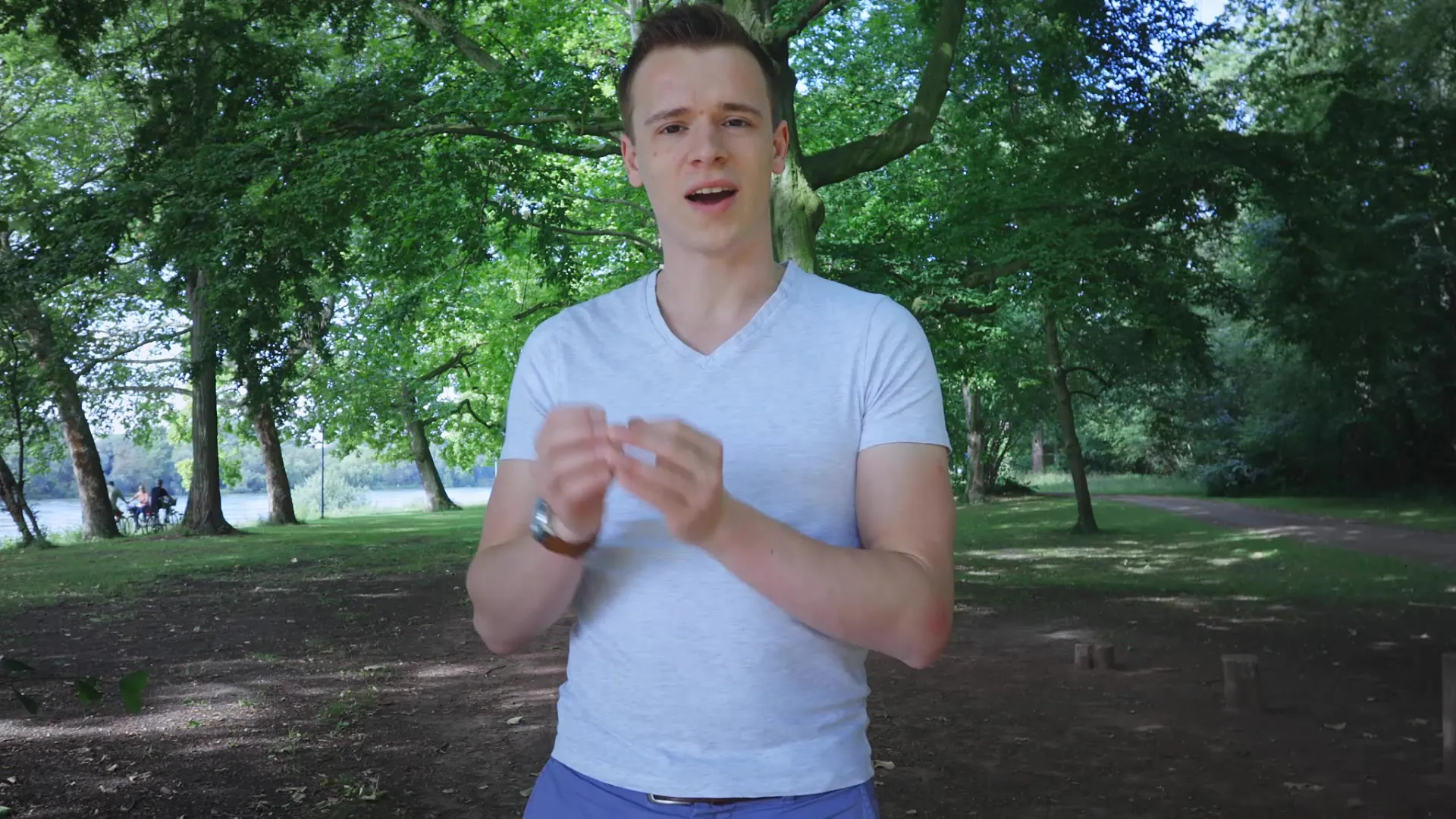The exposure time is a central factor in videography that significantly influences how your video is perceived. While you can control the amount of light with the aperture and ISO value, the exposure time defines how long the image sensor takes in light. An incorrect setting can negatively affect both the brightness and the motion representation in your video. In this guide, you'll learn how to set the exposure time optimally to achieve impressive results.
Main insights
- The exposure time affects brightness and motion blur.
- You should adjust the exposure time to your frame rate – a good rule of thumb is to double it.
- ND filters are helpful when you want to film in bright light.
- An incorrect exposure time can lead to unwanted effects, especially in moving scenes.
Step-by-step guide to exposure time
The first step to a successful video is understanding the basic aspects of exposure time.
According to the definition, the exposure time determines how long the camera sensor captures light. When you press the shutter button directly, you expose the image for a short moment. Filming is different: Here, multiple images per second come into play. These images are not independent; they follow in rapid succession. Thus, for a coherent result, the exposure time becomes even more important.

Also important to note is that the exposure time controls two main aspects: the brightness of your image and motion blur. With an exposure time that is too long, there can be blurry movements, which is especially noticeable in darker environments. If a strong light illuminates the scene, too short an exposure time can also make your image appear too dark.
Make sure that when filming, you set the exposure time to eliminate motion blur from the image, while also ensuring the video does not appear too frozen. Have you ever seen a video that just seems staccato? This happens when the exposure time is too short.
A common mnemonic states: The frame rate you film at should be doubled to get the appropriate exposure time. For film, 24 frames per second (fps) is common, so an ideal exposure time would be 1/48 second. If you don't have access to this setting, simply use 1/50 second. This keeps the transition from frame to frame moving and fluid.
A problem arises when you want to film outdoors during the day with an open aperture. The light can be so intense that it causes overexposure. You have to get creative and balance the exposure with an ND filter (neutral density filter). This is a filter that you screw onto your lens to reduce the amount of light without having to close the aperture.
When you venture into slow motion, it is important to adjust the exposure time to the increased frame rate. At 60 fps, you calculate this at 1/120 second. Note that a dark room can be problematic with this technique, as image noise can increase significantly. So, make sure to choose appropriate lighting.
Special situations require even more adjustments. Sometimes you film in quiet scenes where not much movement occurs. Here, you can choose the exposure time relatively flexibly and also deviate a bit without negative effects becoming visible. However, if you want to incorporate a creative camera movement or panning, it is advisable to stick to 1/50 second to create natural, cinematic movement.
Once you have grasped the basic relationships of exposure time, you can focus your concentration on your creative filming while also making technically informed decisions about what works best for your project.
Summary – Exposure time when filming: How to choose the right time
The exposure time significantly impacts the quality of your videos. To find the right setting, combine your knowledge of frame rate and lighting conditions. Also, remember to use helpful tools like ND filters, and don’t hesitate to experiment with different settings!
Frequently Asked Questions
What is the ideal exposure time for 24 frames per second?The ideal exposure time would be 1/48 second; alternatively, you can use 1/50 second.
What is the purpose of an ND filter?An ND filter reduces the amount of light hitting the image sensor and helps maintain the desired exposure time.
Can I neglect the exposure time for fast movements?No, too short an exposure time can lead to a staccato video, while too long can lead to motion blur.
Why is slow motion problematic in low light?The image sensor does not receive enough light, leading to image noise and reduced image quality.
How do I find the right balance for exposure time?Double the frame rate and stick to the values calculated this way to achieve smooth motion.


